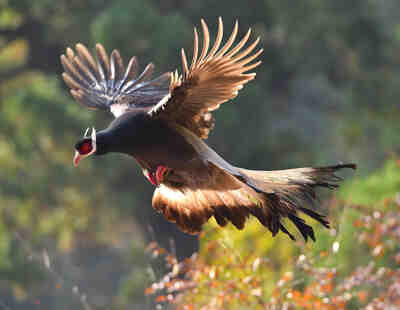
Crossoptilon mantchuricum
Crossoptilon mantchuricum,Horned chicken, pheasant, Yi bird
Brown Eared-pheasant, with no subspecies, is a bird that inhabits mountain f···
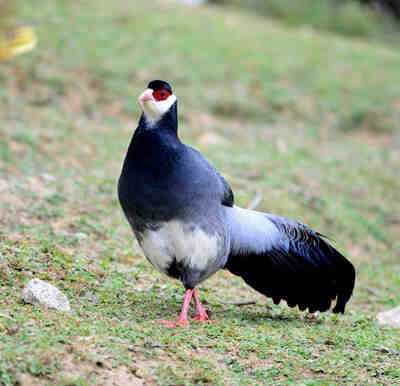
Crossoptilon harmani
Crossoptilon harmani, Hamman Pheasant
Tibetan Eared-pheasant, no subspecies.There are two kinds of pheasants in Ti···
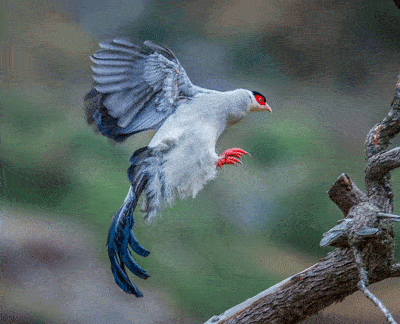
Crossoptilon crossoptilon
Crossoptilon crossoptilon,White Eared-pheasant,Snow Pheasant
White Eared-pheasant is divided into four subspecies. The Changdu subspecies···
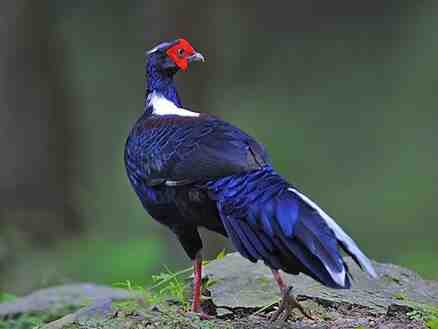
Crossoptilon crossoptilon
Crossoptilon crossoptilon,Blue-bellied Pheasant, Chinese Chicken, Taiwan Blue-bellied Pheasant,Lophura swinhoii,Taiwan Blue Pheasant,Swinhoe's Pheasant
Taiwan Blue Pheasant, with no subspecies, is a large pheasant.The blue pheas···
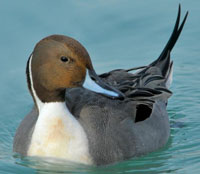
Anas acuta
Pintail duck, long-tailed duck, long-tailed duck, rifle duck, middle duck, northern pintail duck,Anas acuta,Northern Pintail
Pintail duck is a medium-sized waterfowl of the class Aves and the family An···
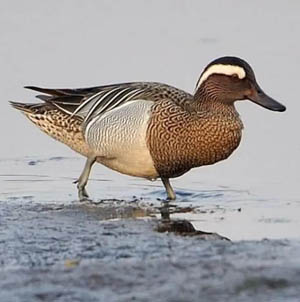
Spatula querquedula
Spatula querquedula,Anas querquedula,Garganey,Ducklings, little stone ducks, brook ducks
White-browed ducks often move in pairs or small groups, and also gather in l···
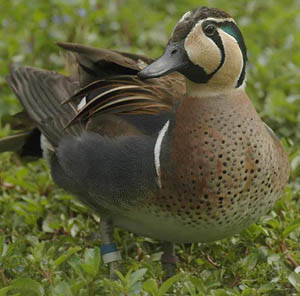
Sibirionetta formosa
Ba duck, black-rimmed duck, spectacled duck, yellow-tipped duck, king duck, shaking duck, Yuan duck,Sibirionetta formosa,Baikal Teal
The Mandarin duck is a kind of duck that likes to gather in groups, especial···
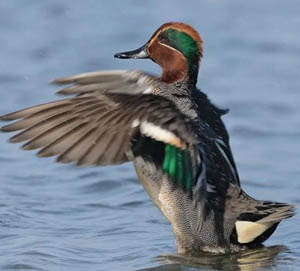
Anas crecca
Little duck, little teal, little mallard, duck, duckling, clam duck,Anas crecca,Common Teal,Green-winged,Teal Eurasian Teal
Green-winged ducks like to gather in groups, especially during the migration···
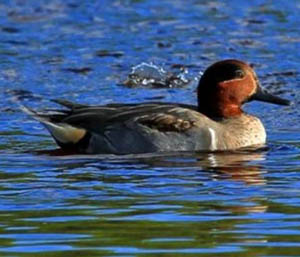
Anas carolinensis
Anascaro linensis,Anas carolinensis
The American Green-winged Duck (Anascaro linensis) was discovered by birdwat···
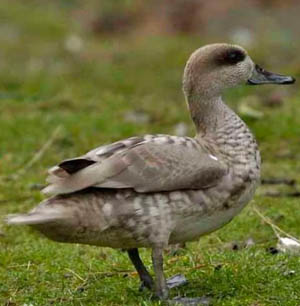
Marmaronetta angustirostris
Marmaronetta angustirostris,Marbled Teal,Marbled Duck
The Clouded Duck often moves in small groups. It often gathers in large grou···
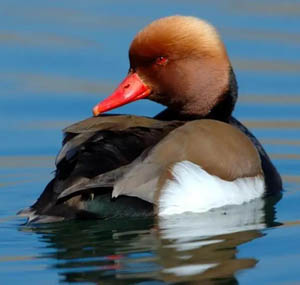
Netta rufina
Big red head, red-billed pochard,Netta rufina,Red-crested Pochard
Red-billed Pochards are slow-witted and not very afraid of people. They are ···
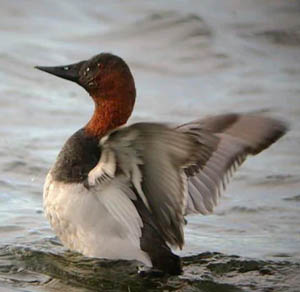
Aythya valisineria
American Rock Goose,Aythya valisineria,Canvasback
Sailback ducks are migratory birds. They migrate regularly between their bre···

Aythya ferina
Red-headed duck, sandpiper, sandpiper,Aythya ferina,Common Pochard,Pochard,Northern Pochard
Commonly seen in open waters with reeds and good cover, they live in open la···
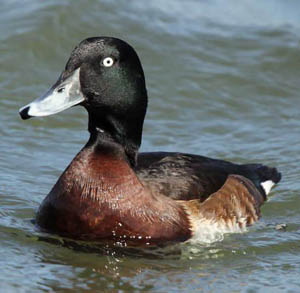
Aythya baeri
White-eyed duck, Oriental white-eye duck, Mallard duck,Aythya baeri,Baer's Pochard
The blue-headed duck is a migratory bird. It migrates from the wintering gro···
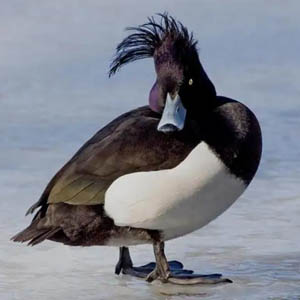
Aythya fuligula
Marsh duck, crested duck, black-headed duck,Aythya fuligula,Tufted Duck
The Crested Pochard is a migratory bird. Every year in late March and early ···
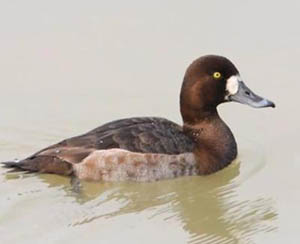
Aythya marila
Bell duck, Oriental clam duck,Aythya marila,Greater Scaup,Scaup
The Spotted Duck is a migratory bird. It begins to migrate to China for wint···
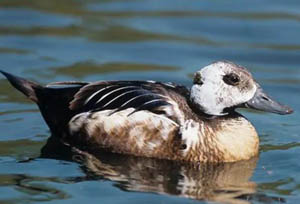
Polysticta stelleri
Eider duck,Polysticta stelleri,Przevalski's Partridge
Little eider ducks like to live in groups. Except for the period of nesting ···
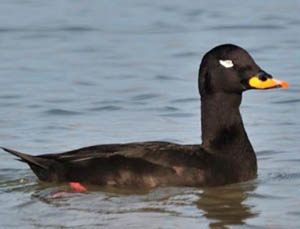
Melanitta fusca
Strange-billed duck, Scoter,Melanitta fusca,White-winged Scoter,Velvet Scoter
The Spotted-faced Muscovy is a medium-sized, dark, short, flat sea duck. It ···
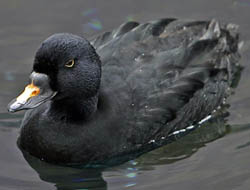
Melanitta nigra
American black duck,Melanitta nigra,Black Scoter,Common Scoter
The Black Sea Muscovy Duck likes to gather in groups, and almost always move···

Clangula hyemalis
Sharp-tailed duck, long-tailed duck, long-tailed duck, gun-towed duck, Chinese duck,Clangula hyemalis,American Wigeon
Long-tailed ducks begin to migrate to their breeding grounds in early March.···
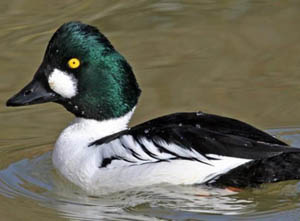
Bucephala clangula
Golden-eyed duck, Magpie duck, White-faced duck,Bucephala clangula,Common Goldeneye
The magpie duck is a common wild duck in the eastern coastal areas and inlan···
